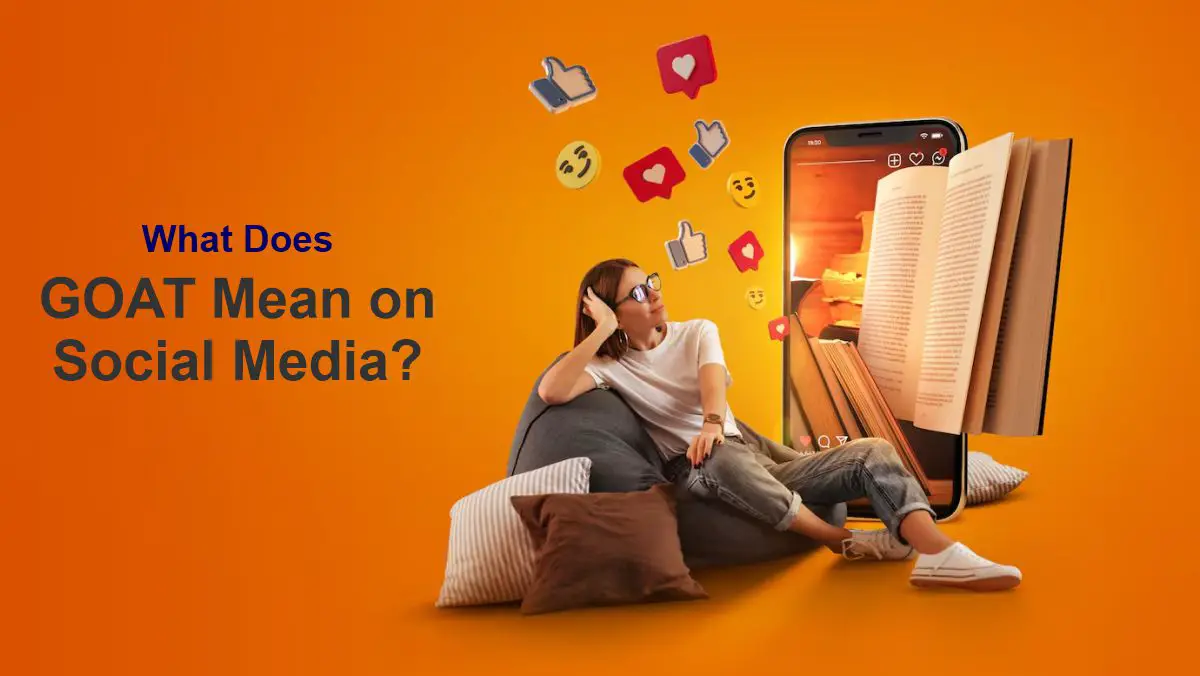The acronym GOAT stands for “Greatest of All Time.” It is a high-level compliment used across social media platforms to recognize individuals who have reached the pinnacle of excellence in their respective fields. While it originally emerged in the realm of sports, the term is now widely used to describe prominent figures in music, entertainment, business, and other industries.
When someone is labeled as the GOAT, it signifies that they are considered the best in history within their domain. For instance, fans might refer to Serena Williams as the GOAT of women’s tennis or Michael Jordan as the GOAT of basketball. The acronym is also frequently represented by the goat emoji (🐐), providing a visual and fun shorthand for admiration and praise.
The Origins of GOAT
Although the term is now embedded in popular culture, GOAT has its roots in professional boxing. It gained mainstream recognition in 1992 when Muhammad Ali’s wife, Lonnie Ali, established a business named G.O.A.T. Inc. to promote his career, recognizing him as “The Greatest of All Time.”
The acronym received further traction in 2000 when LL Cool J released his album titled “G.O.A.T. (Greatest of All Time)”, introducing the phrase to a broader audience beyond sports. Since then, the usage of GOAT has expanded to include a wide array of fields, becoming a common element of online language and pop culture.
Why Is GOAT So Popular on Social Media?
GOAT has become one of the most powerful and widely recognized internet slang terms. Its simplicity and impact make it ideal for quick communication on platforms such as X (formerly Twitter), Instagram, Facebook, and TikTok. Whether in captions, hashtags, or comments, the term conveys deep respect and admiration in just one word—or one emoji (🐐).
Social media thrives on trends, recognition, and viral praise, and GOAT fits perfectly into that dynamic. It allows users to:
- Acknowledge extraordinary talent or performance
- Celebrate milestones and cultural achievements
- Participate in trending debates (e.g., “Who’s the GOAT of rap?”)
- Show support for their favorite celebrities, athletes, or influencers
Even brands and marketers have adopted the term to connect with younger audiences and appear culturally relevant, using “GOAT” in campaigns or product endorsements to highlight excellence.
Notable Examples of GOATs in Pop Culture
GOAT is most often used in reference to individuals who have demonstrated consistent, extraordinary performance over time. Some of the most frequently mentioned GOATs include:
- Michael Jordan – Legendary NBA player with six championships and countless accolades
- Muhammad Ali – Boxing legend known for his dominance and charisma
- Serena Williams – Holder of 23 Grand Slam singles titles
- Beyoncé – Iconic singer with the most Grammy wins in history
- Tom Brady – NFL quarterback with seven Super Bowl titles
- Lionel Messi – Footballer celebrated for record-breaking goals and international success
In addition to individuals, the term GOAT is also used to describe record-breaking performances, iconic songs, revolutionary technologies, and even unforgettable events.
How to Use GOAT in Conversations and Online Posts
Using GOAT in your social media interactions is an easy way to express admiration and excitement. It works both as a standalone compliment and as part of a larger statement. Here are a few examples of how it’s typically used:
- “That game-winning shot was pure GOAT.”
- “She’s the GOAT of comedy – no one else even comes close.”
- “This album? Straight-up GOAT material.”
- “GOAT 🐐” – a quick way to respond to a friend’s achievement
The term is especially popular in memes, fan debates, and highlight reels, and can also be combined with hashtags for wider reach (e.g., #GOAT, #GOATStatus, #GOATed).
That said, GOAT is a term of the highest praise, so it’s best used sparingly to preserve its meaning. Overuse can water down its impact, and not every good performance qualifies as GOAT-level.
Conclusion
The acronym GOAT (Greatest of All Time) has evolved from its roots in boxing and hip-hop culture to become a cornerstone of digital language. It embodies a universal form of recognition and is now used to celebrate extraordinary achievements across virtually every domain of public life.
Whether you’re hyping up an athlete, acknowledging a friend’s success, or joining a pop culture debate, using GOAT helps you express admiration in a way that resonates widely. As long as excellence continues to be admired, GOAT will remain a defining term in the language of social media.

